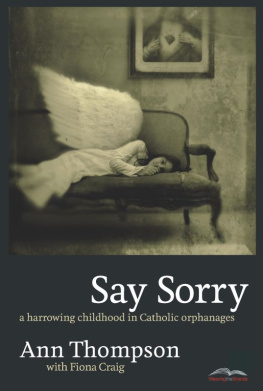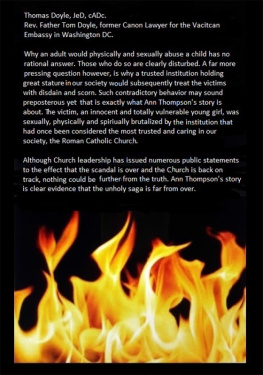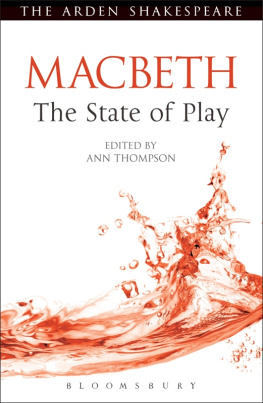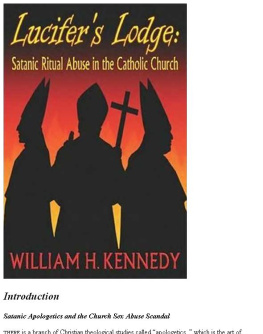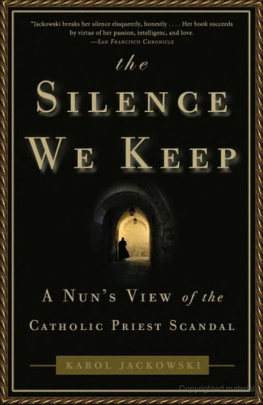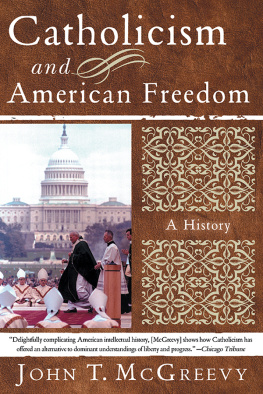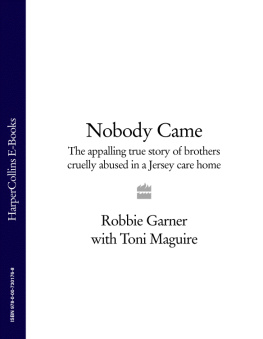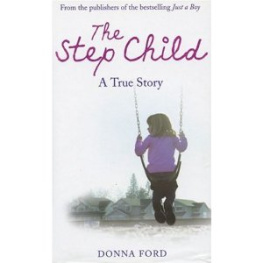TWENTY MONTHS AFTER THE FIRST RELEASE OF SAY SORRY IN 2009, Nazareth House was all but destroyed in the Christchurch earthquake of February 2011. The earth literally oozed up through giant cracks in the floors and walls of Nazareth House as if pulling it back down into itself.
On the day the quake struck, liquefaction bubbled up through the entrance foyer, water poured from ceiling pipes and the cry of the fire alarm was rendered ineffective by the din of so many others.
Sand volcanoes that rose up in some rooms were likened by one newspaper report to a childs sandpit. A kitchen walk-in freezer had liquefaction bubble up through the drain and meat thrown from it embalmed in the silt on the floor.
Rest home residents and staff escaped injury but the ill-fated property has no future in its present guise. The legacy of the institution lives on however, in the Agreement that continues to see the Sisters of Nazareth compensate abuse claimants via the sum allocated each year to help with their health, education and welfare.
Since the Agreement or Commitments inception in 2003, individual claimants have continued to apply for funds on a per need basis, the outcomes of which have advantaged some and marginalized others. And how could it be otherwise with decisions being made by a presiding committee lacking in objectivity and robust parameters? According to Whangarei solicitor, Stuart Henderson, who had hoped for better outcomes for his clients, there have been enough breaches of the Commitment by trustees to warrant reopening mediation or going to court.
The allocation of a dedicated fund from which claimants could apply for financial assistance, was a compromise entered into by all, in 2003, with the best of intentions, explained Stuart, but the present powers that be in the Order are not honouring their obligations. They have shifted the ground rules to the claimants significant disadvantage. Although some money continues to be distributed, many claimants choose to avoid the humiliation of refusal by applying on only the rare occasion or not at all. Consequently, the annual allocation of Commitment funds is not being distributed in full and some priority claimants are missing out.
For this latter group the Commitment fund has turned into a dog of a process and its taken a major shake, literally, to try to bring the dog to heel.
At the end of 2011, Commitment claimants were offered a one off pay out. No actuary had been engaged to assess what each might be entitled to. Instead a sum was devised which some claimants accepted and others did not. Its hard not to be cynical about the timing of the offer just before Christmas.
When this edition went to press, Stuart Henderson was acting once more for those he insisted deserve a fairer deal. When he approached actuaries to work out what the remaining claimants ought to be paid he was told it was considerably more than the original offer made by the Sisters of Nazareth. His battle on behalf of claimants continues.
As for the investigation into Anns rape by a priest in 1956, Christchurch Detective Damon Wells, who headed the case, failed to identify the perpetrator. In a letter he wrote to Ann, June 26, 2009 he explained:
In relation to the offending against you by a priest in Timaru I have been unable to ascertain who he was. I have reviewed the personnel files of thirty two priests that we know were in the Timaru area at the time you were staying with the Taylor family. Their records showed no reference to any unacceptable behaviour, hasty transfers to other parishes, visiting priests or any disciplinary action taken by the church.
Unfortunately there are no further lines of enquiry for Police to pursue. It is regrettable that I was unable to identify the priest who abused you and provide you with some form of closure. It may be that the information was not reported, recorded or purged from the files, although I could find no evidence of this.
Your case will be filed with details of what occurred in case in the future some additional information arises
Within days of receiving Detective Wells letter Ann had a phone call from a woman who had picked up a copy of the NZ Womens Weekly featuring a review of Say Sorry and details of Anns abuse at Nazareth House. Coincidentally the woman had bought the magazine at her local dairy which was just a few hundred metres from Anns house.
When the two near neighbours met for the first time, Ann learned that the woman who had been at Nazareth House in the 1960s had been raped by three priests on separate occasions. Having fallen pregnant to one of them at the age of 13, she had been forced to have an abortion.
Ann contacted her old friend and advocate, Ron Hackett to help the woman seek legal redress. Although reticent at first, she has since begun working with police to trace the offenders, whose names she knows. Despite investigations into her case being hampered by a backlog of work the aftermath of the earthquake there appears to be a genuine commitment to proceed with the relevant prosecutions.
The woman, who cannot be named as investigations continue, says she hopes the case will go to court. The powers that be in the Catholic Church have got away with sliding accusations of abuse under the carpet all these years and its time they faced up to the fact these things happened, she explained. Some of the abuse happened in the chapel and also in the Cathedral of Blessed Sacrament. Sometimes I feel I was a sacrifice offered up. My brother copped it too and he later suicided as a result of a Catholic brother abusing him.
Now a qualified nurse in her late 50s, the woman had her own battles with alcoholism which she overcame during a drying out phase at the Queen Mary Treatment Centre in Hamner Springs in the late 1970s. She went on to become a recognized leader in the field of drug and alcohol rehabilitation and discovered, in the process, that many of her clients had been sexually abused and nowhere was that more evident than amongst those she worked with in New Zealand prisons.
Ken Clearwater, the National Manager of Male Survivors of Sexual Abuse Trust (based in Christchurch), says there are no New Zealand statistics to bear this out but at a Conference in Auckland in 1997 for Doctors for Sexual Abuse Care (DSAC) it was stated that 90% of boys under the age of 14 who attempt suicide have histories of sexual abuse.
In the Australian state of Victoria alone, police reports have detailed the suicides of at least 40 people sexually abused by Catholic clergy.
Some survivors of sexual abuse have difficulty maintaining stable relationships and parenting can present the greatest obstacles of all. Adult abuse victims may be overly protective of their children and/or too lenient and fail to establish consistent boundaries. In the worst case scenario, the children of sexually abused parents may be prone to dysfunctional relationships themselves.
Of the correspondents who read the first edition of Say Sorry and contacted Ann to express gratitude and acknowledgement of her courage in having her story published, many acknowledged they had finally come to understand the foibles of a parent who had been ill-treated and systematically dishonoured while a ward of Nazareth House.
Jesse Wikiriwhi, a professional dancer with Wellingtons Footnote Dance Company, choreograpehed a dance based on his mothers girlhood experiences there. The piece, called Little Sister, was performed in several cities including Christchurch before an audience which included his mother. Acknowledgement of the stain Nazareth House had on the consciousness of some of the women in its care was never more poignantly or creatively expressed than through the dance he conceived
As for Ann after years of asking she was pleased to receive the following letter of apology from Christchurchs Bishop Barry Jones in October 2010. She also received financial compensation for her rape as a teenager by the unidentified priest. Ann wrote to the Pope too the highest human authority in the Catholic hierarchy and asked him for a written apology but there was no answer.

